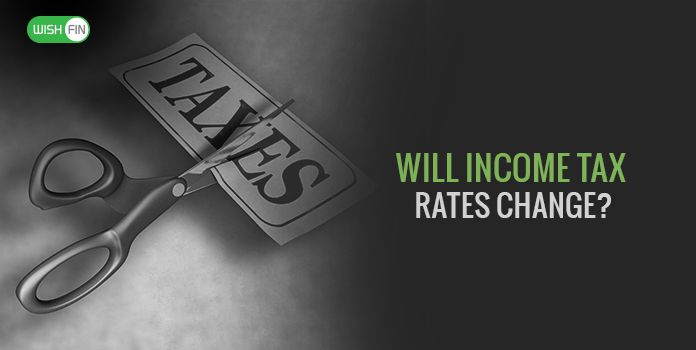Will Income Tax Rates Change Post Constitution of Arbind Modi-led Panel?

Last Updated : Dec. 21, 2017, 11:51 a.m.
Looks like the Modi government is set to overhaul the entire tax system in India. Months after overhauling the indirect taxation by rolling out Goods and Services Tax (GST), the government has formed a task force to draft a new direct tax law to replace the existing Income Tax Act, which has been into effect since 1961. The one who has been entrusted to spearhead the task force is Arbind Modi, a top taxman who helped draft a new direct tax code for India eight years ago. He, being a member of Central Board of Direct Taxes (CBDT), will head a 6-member panel on the issue, according to reporters present in the official press meet. At the same time, Chief Economic Advisor Arvind Subramanian will be a permanent special invitee on the panel.
What’s Ahead for the Tax Panel to Do?
A finance ministry statement said that the government has set up a task force to review the act and draft a new direct tax law in accordance with the economic needs of the country. Besides forming tax laws in line with the economic needs of the country by following the best international practices, the panel would look to form a tax structure similar to other countries. The panel will submit a report on the direct tax law within 6 months.
List of Panel Members
Apart from Arbind Modi, the panel enlists five other members –
- Girish Ahuja (Chartered Accountant)
- Mukesh Patel (Practicing Tax Advocate)
- Rajiv Memani (Chairman and Regional Managing Partner, EY)
- G C Srivastava (Retired IRS and Advocate)
- Mansi Kedia (Consultant, ICRIER)
Steps Taken by UPA Regime to Improve Direct Tax Law
While holding the position of a finance minister under the UPA government, P Chidambaram had in 2009 proposed the original direct tax codes to replace the complex Income Tax law with a clean new law to keep the taxes low while removing exemptions. Arbind Modi had assisted Chidambaram in preparing the code. However, the bill could not get passed in the Parliament despite a series of changes. The Direct Taxes Code (DTC), 2010, which was brought to the Parliament in 2010, lapsed as the 15th Lok Sabha got dissolved.
What Was the Tax Structure Proposed in DTC, 2010?
| Annual Income (In ₹) | Tax Rates |
|---|---|
| 2 lakh | NIL |
| 2-5 lakh | 10% |
| 5-10 lakh | 20% |
| Above 10 lakh | 30% |
| Business Income | 30% tax for domestic companies |
What Are the Changes Brought in by the NDA Regime?
Since taking over the reins from the UPA regime in 2014, the NDA government has already made sweeping changes in the tax laws by implementing General Anti-avoidance Rule (GAAR). Besides, it has brought changes in the income tax rates according to different income slabs.
Income Tax Slabs for FY 2017-2018
The tax structure for FY 2017-18, pertaining to different categories of taxpayers, is shown in the tables below.
General Category (Up to 60 Years)
| Annual Income (In ₹) | Tax Rates |
|---|---|
| Up to 2.5 lakh | NIL |
| 2,50,001-5,00,000 | 5% |
| 5,00,001-10,00,000 | 20% |
| Above 10,00,000 | 30% |
Senior Citizens (60 – 80 Years)
| Annual Income (In ₹) | Tax Rates |
|---|---|
| Up to 3 lakh | NIL |
| 3,00,0001 - 5,00,000 | 5% |
| 5,00,001 - 10,00,000 | 20% |
| Above 10,00,000 | 30% |
Super Senior Citizens (Above 80 Years)
| Annual Income (In ₹) | Tax Rates |
|---|---|
| Up to 5 lakh | NIL |
| 5,00,0001 - 10,00,000 | 20% |
| Above 10,00,000 | 30% |
Key Points to Note
- 10% surcharge applicable for those having annual income between ₹50 lakh and ₹1 crore
- 15% surcharge on income above ₹1 crore
- There would be marginal relief in each of the above two cases
- A maximum tax rebate of up to ₹2,500 is allowed for taxable income of up to ₹3.5 lakh
- Education cess of 3% to be apply on taxable income